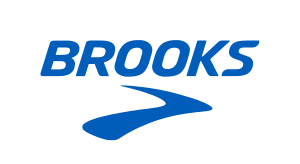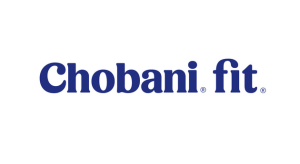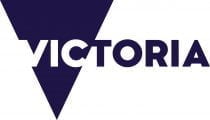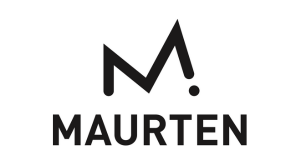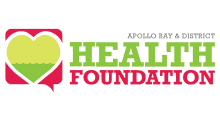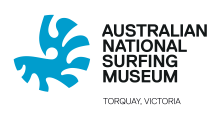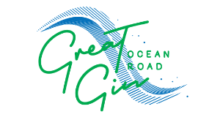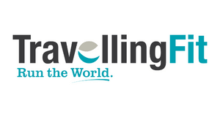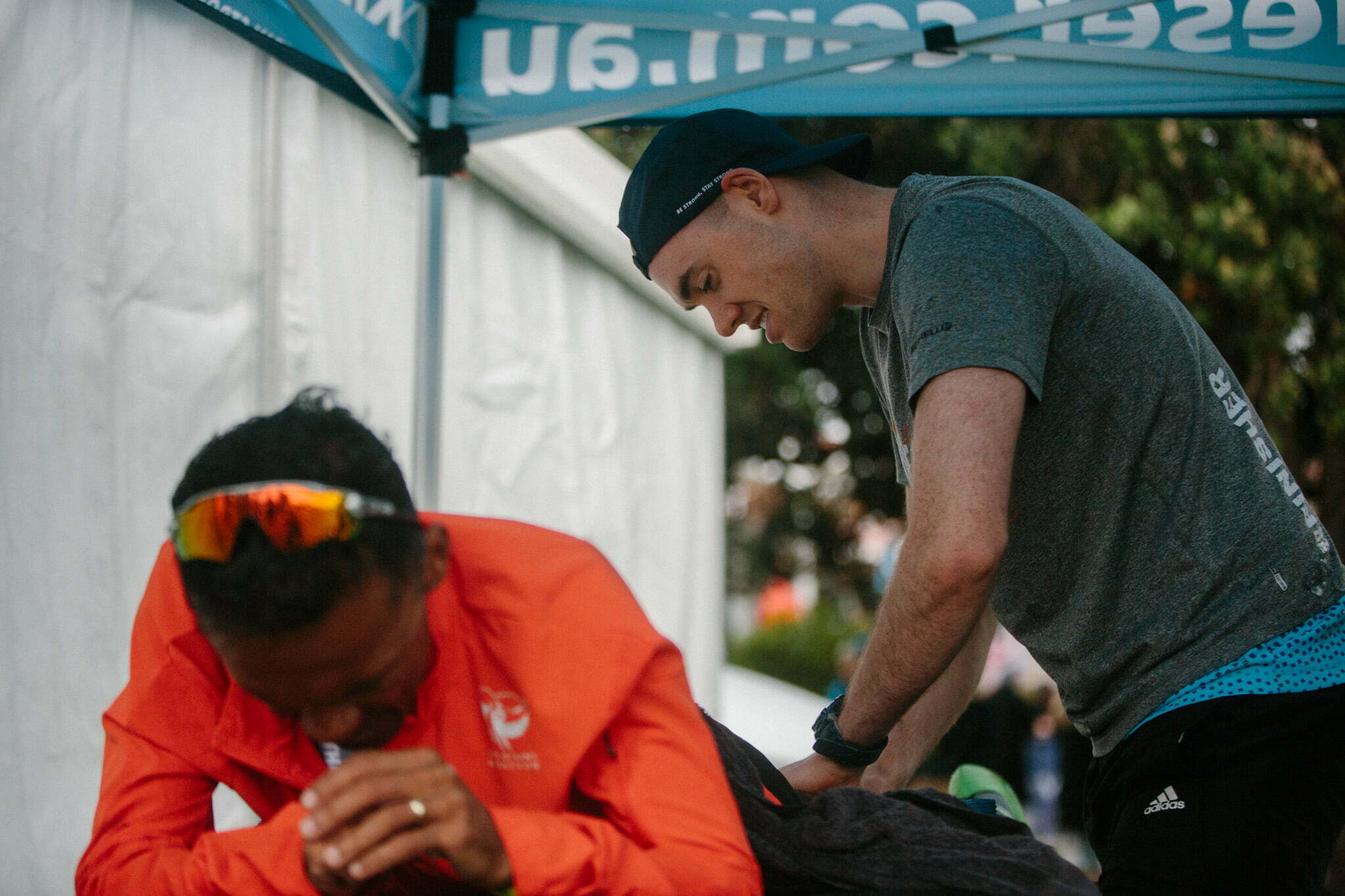
WARM UP
This can be as little as 10 minutes and I make sure it’s before I start running. That means that running the first couple of miles of my session at an ‘easy’ pace is NOT my warm up. Getting my blood flowing and muscles activated first makes all the difference. I keep it dynamic and often use a small resistance band, particularly for activating my glutes (the biggest muscle, but also my weakest) with banded walks. Drills such as high knees, heel/toe walking, arm swings, walking lunges are also great.

COOL DOWN
Just like the warm up, I build in time to do this properly – even if it is again only 10 minutes. A cool down is the chance to reduce my heart rate, gradually come to a walk and help to minimise as much tension as possible building up in my body. I also add a stretch once I’ve finished moving and keep it gentle. I use my cool down to notice if any area is feeling particularly tight so I can address this at my next sports massage.
SPORTS MASSAGE
Speaking of which, I strongly recommend getting regular sports massages during training. Especially for marathon training or any training cycle with intensity. Not only are they fantastic for releasing your muscles, but a good therapist can also notice any imbalances that might have an impact on your training and help to address these with you.
STRENGTH & CONDITIONING
So, this doesn’t mean that my plan calls for a heavy gym session three times a week. The strength and conditioning work I do complements my running and doesn’t hinder it, by leaving me with DOMS for days. I work to iron out any imbalances and target the muscles I need to perform when running. There are lots of credible running specific workouts readily available, as well as mobility sessions. Swapping a run for a cross-training session can also be beneficial. I opt for swimming once a week as it’s still a great cardio workout, but with zero impact.

NUTRITION
As well as correctly fueling your training, post session re-fueling is key. Consuming proper nutrients impacts both recovery and performance. You will find many useful and detailed articles on this on the Science in Sport website, which will help you understand what to have, when to have it and why.
REST
Resting is just as important as the training. It is when your body actually adapts to what you are putting it through. The key to not over-doing it is recognising this, listening to your body and making sure you build a rest day into your plan, at least once a week.
SLEEP
Oh, sleep. During injury last year I really did my research and drilled down on each aspect of recovery, making sure I was getting what I needed and knowing what I needed to tweak. The magic 8 hours is what I go for. Anything less is considered to decrease your output. So, I prioritise sleep and know the affect it has on me. Find a routine with your sleep and make those hours count. If you haven’t had a good night’s sleep, that intense intervals session on your plan might not be best – or that really long run. Reduce the intensity and keep it easy!
EPSOM SALTS
A hot Epsom Salt bath is one of my favourites. Not only does the high level of magnesium in the salts help your muscles to recover, it also aids restful sleep. So, that’s a win-win situation if you ask me.
“For me, a routine for both training and recovery helps me train strong, recover properly and, most importantly, stay injury free.”
photography by @annarachphotography

